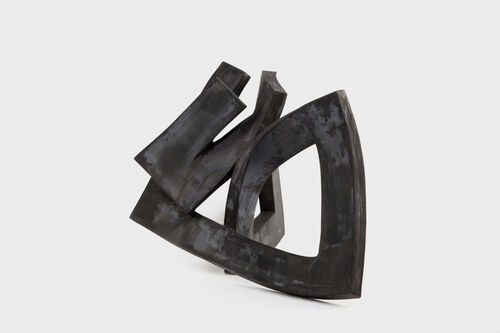US painter Kehinde Wiley (*1977) is best known for his portraits depicting Black people in a traditional setting of Old Master paintings. From 10 December, the National Gallery in London is dedicating an exhibition to him entitled Kehinde Wiley at the National Gallery. The Prelude. Unlike his other work, this show shifts the artist's focus from one European tradition of grand-master portraiture to another - landscape painting. Through new artworks, including films and paintings, Wiley explores European Romanticism and its focus on monumental seascapes and mountainscapes. He relates his work to the National Gallery's collection of historic landscapes and seascapes by William Turner, Claude Gellée, Claude-Joseph Vernet and Caspar David Friedrich. Visitors will have the opportunity to see how Wiley looks back to Old Masters to make new connections until 18 April 2022.
Born in Los Angeles in 1977, Kehinde Wiley earned a Bachelor of Fine Arts degree at the San Francisco Art Institute, followed by a Master's degree in the same subject at Yale University. His works are characterised by large-scale paintings in which he depicts African-American people from different ethnic and social classes in the classical style of the Old Masters. In this way, he raises questions about power, privilege and identity in his works and, above all, highlights the absence or lack of Black figures in European art. Wiley rose to prominence in 2017 when he was commissioned to paint Barack Obama, becoming the first Black artist to produce an official portrait of a President of the United States.
























